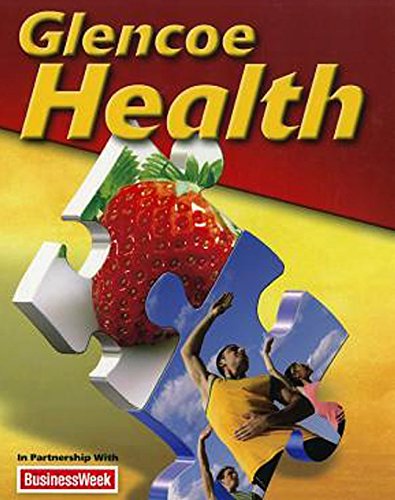
All Solutions
Page 786: Chapter 27 Assessment
Proper treatment of minor burns include cooling the burnt area, applying petroleum jelly, covering it with a sterile bandage, and optionally taking pain relievers.
Some of the consequences of improper wound care include:
* Possibly infecting the health care worker or first aider
* Worsen the existing wound due to poor hygiene
* A wound that heals slowly or may not heal at all because of contaminants
* Severe infection that leads to a life-threatening condition such as sepsis
For minor wounds, wash the affected area with clean water and mild soap and disinfect with iodine solution. Observe if there is any small debris sticking on the skin and remove it with tweezers. Cover the wound with clean gauze and keep applying pressure.
Severe open wounds involve a significant amount of blood loss and a high chance of infection if not treated. If medical service is not available at the moment, keep applying pressure to the wound to facilitate clotting and call for assistance. It is recommended to get professional help immediately so that the severe wound can be properly assessed and managed as needed.
* superficial redness (sunburn-like)
* burn area of not more than 3 inches (about 8 cm)
* tolerable pain
* may have blisters, swelling, or minor peeling
If the burn appears worse than described above, seek medical attention.
begin{enumerate}
item cold, clammy, and ashen skin
item shallow and fast breathing
item lightheadedness or fainting
end{enumerate}
A $textit{fracture}$ is breakage from the continuity of a bone.
A $textit{concussion}$ is a brain injury that occurs if the head is smacked or shaken violently which causes certain abnormalities in brain function.
$textit{Poison}$ is the general term for substances that cause illness if ingested, inhaled, or has come in contact with the skin and/or eyes.
Proper nosebleed first aid:
begin{enumerate}
item Let the person sit down on a chair with the head leaning forward.
item Pinch the nostrils with the thumb and index finger for about 10 minutes or more and breathe through the mouth.
item Place an ice pack on the bridge of the nose or at the back of the head.
end{enumerate}
Another instance is when the person has been stung or bitten by an insect known to be poisonous. In this case, call the nearest poison control center.
A $textit{tornado}$ is a whirling, destructive windstorm caused by cool air colliding with warm air over land.
A $textit{hurricane}$ is a powerful storm formed in the warm waters of tropical oceans that bring about strong gusts of wind and heavy rainfalls.
If there’s a warning for $textit{flash floods}$ in your area, be prepared and keep in mind the possibility of evacuation.
Hurricanes and tornadoes are both destructive weather phenomena with intense winds.\
textbf{Differences}:\
begin{tabular}{c|c}
textbf{Hurricane} & textbf{Tornado} \
hline
formed in the warm waters of tropical oceans & formed over land and sea \
reach a bigger area (hundreds of miles) & reach a small area (less than a mile) \
lasts for days to weeks & lasts less than an hour \
forecasted several days ahead & forecasted within several minutes \
cause floods and damage from strong winds & damage from violent winds \
end{tabular}

